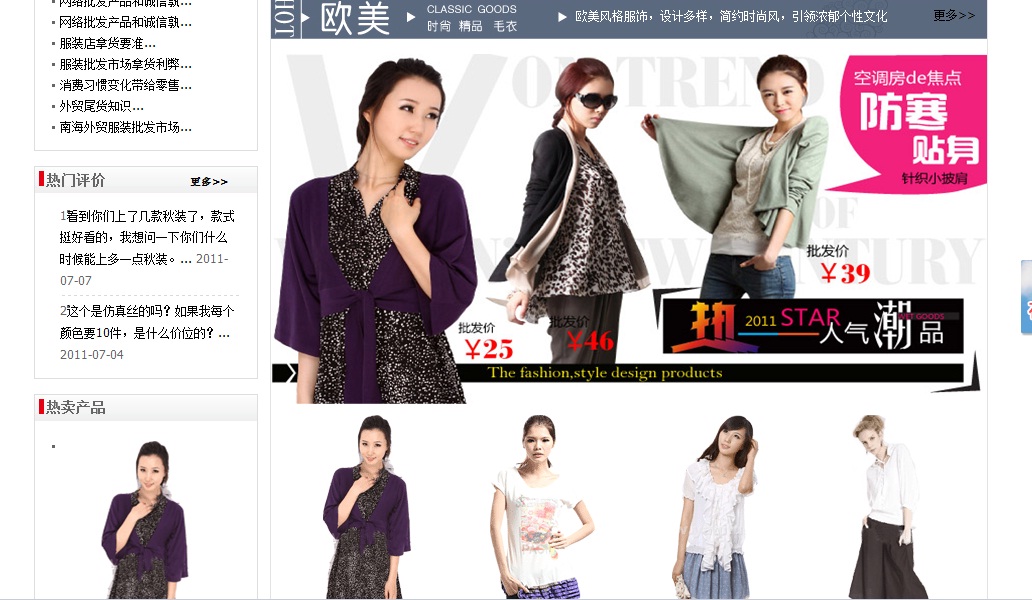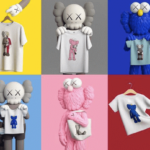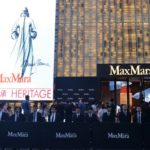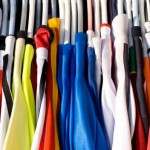Korean Fashion in China: Chinese Buyers Prefer Clothes “Made In Korea”
Chinese millennials show rising interest in Korean street fashion
With a K-pop obsession and love for traveling to South Korea, Korean fashion in China is becoming a serious rival of their Western peers. Chinese consumers still prefer foreign labels including established fast-fashion brands like Forever 21 and Uniqlo and recently, there has been a growing interest in Asian brands, and especially independent labels from South Korea. Compared to Western fashion brands, K-fashion is cheaper and perceived as good value for money by Chinese shoppers. The average price ranges between 200 and 2000 RMB. In addition, the clothes made and designed in South Korea have a
reputation for good styling and fair prices among Chinese consumers. Since the mid-1990s, Korean popular culture is widely spread in China, mainly through the famous K-pop music singers, actors, fashion bloggers, and supermodels. The influence of the “Korean wave” (Hallyu in Korean) goes beyond music and K-pop. Devoted fans of Korean culture have moved from eating the food and listening to Korean songs to Korean fashion, explains The South China Morning Post. Meanwhile, the Chinese fashion market has been fiercely affected by this Korean wave. In 2015, total sales of Korean fashion in China reached 4.7 billion RMB, which accounted for 68% of the Chinese fashion market.
Korean fashion in China: retail giants still lead the market but small brands are on the rise
South Korean fashion conglomerates or chaebols, continue to dominate the fashion market with various sub-brands targeting different consumers segments. Among these chaebols, three giants are particularly famous in China: E-Land Group, Sungjoo Group (acquired Germany luxury leather goods brand MCM in 2005) and LF Corp (abbreviation of “Life is future”, formerly LG Fashion Corp). E-land Fashion China Holdings operates the casual clothing brand SPAO, seven women’s apparel brands including E-Land, as well as sportswear and men’s wear brands including New Balance and K-Swiss.
Among the top K-fashion brands, TOP TEN, a South Korean brand run by Shinsun Tongan, and SPAO (E-Land group) are the most popular in the Chinese market. Their annual sales volume were estimated around 0.9 billion RMB and 0.87 billion RMB in 2015 respectively, a sales increase of 33 per cent and 9.3 per cent increase compared with the previous year. But for the sales trend for the other top brands is negative. According to ChinaSSPP.com, the average profit decreased 7.3% in 2015 compared to 2014 (8.2%). Big retailers face fierce competition from new brands having their shops on T-Mall, the lar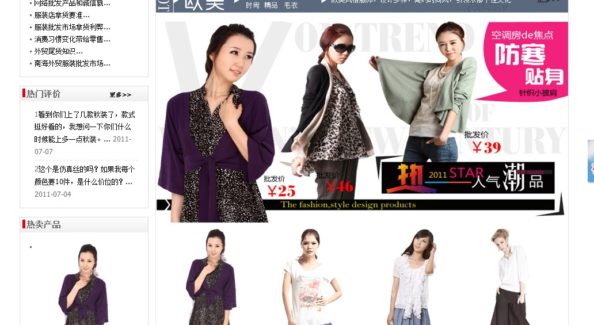 gest online selling platform, while other mobile apps, such as Higo and Yoho, are also popular channels for customers to buy fashion brands from Korea. For the brands which have not entered the Chinese market yet, daigou, these intermediary agents who are generally young student abroad living in Korea sellIing their products through WeChat so that the cost of opening a store is eliminated, is one of the main channels. Founded in 2012, the largest online fashion-focused portal in Southeast Asia operating in Hong-Kong and Taiwan, Zalora, might be a serious competitor for the big Korean brands like A-land and Stylenanda, especially if the online retailer decides to enter the mainland China market.
gest online selling platform, while other mobile apps, such as Higo and Yoho, are also popular channels for customers to buy fashion brands from Korea. For the brands which have not entered the Chinese market yet, daigou, these intermediary agents who are generally young student abroad living in Korea sellIing their products through WeChat so that the cost of opening a store is eliminated, is one of the main channels. Founded in 2012, the largest online fashion-focused portal in Southeast Asia operating in Hong-Kong and Taiwan, Zalora, might be a serious competitor for the big Korean brands like A-land and Stylenanda, especially if the online retailer decides to enter the mainland China market.
How to explain the success of the Korea fashion among Chinese buyers?
In 2016, we observed resurgence in China of the Korean wave, mainly due to the success of the hit Korean TV drama “Descendants of the Sun” that was broadcasted simultaneously in South Korea and in China for the first time. The lead actors, Song Joong-ki and Song Hye-Kyo, are the most popular celebrities in China. More than 8,000 Chinese fans joined the 31-year-old actor’s “2016 Song Joong Ki Asia Tour Fan Meeting” held at Shanghai Indoor Stadium this June.
“We’re heavily influencing the Chinese market which is what’s driving the global high-end market,” said the editor-in-chief of the Korean edition of GQ magazine, Lee Choong-Keol, during an interview for Business of Fashion (BOF). “Brands are giving an eye to Korean actors, actresses, and singers, partly to attract Chinese consumers. Fashion brands based in Paris or Milan now see the Korean fashion industry as a key entry point for that.”
If some Chinese consumers are fascinated with all things Korean, the main reasons of their interest in Korean fashion are its stylish design and good quality, and not necessarily because it is cheaper than Western brands. Price is no longer the top concern for Chinese shoppers according to a June survey by OC&C Strategy Consultants. Consumers in China spend around 6 to 7 percent of their disposable income on clothes monthly. They also prefer foreign labels, including J. Crew and Forever 21, and are willing to pay a 20 percent premium for international brands, reports BOF (Business of Fashion). As an example, Nanjing dressmaker V-Grass Fashion Co. agreed this month to acquire the Chinese business of E-Land Group’s Teenie Weenie -offering a collection of mid-priced casual apparel for women in their mid-teens the to early twenties, including students- in a deal valued at about $900 million. The acquisition, at a price which could outstrip V-Grass’ market capitalization of about $685 million, comes as Chinese middle-class shoppers shift to higher-priced premium purchases. Meanwhile, in Korea, E-Land, and other retailers are struggling to attract consumers to stores and malls as more shoppers there spend record amounts making purchases on their mobile devices.
Chinese consumers tend to prefer more and more the unique style of premium Korean brands, even if their products cost more than similar designs made in China. Their preferences are also shifting for low-priced basics, as well as unique emerging designers.


